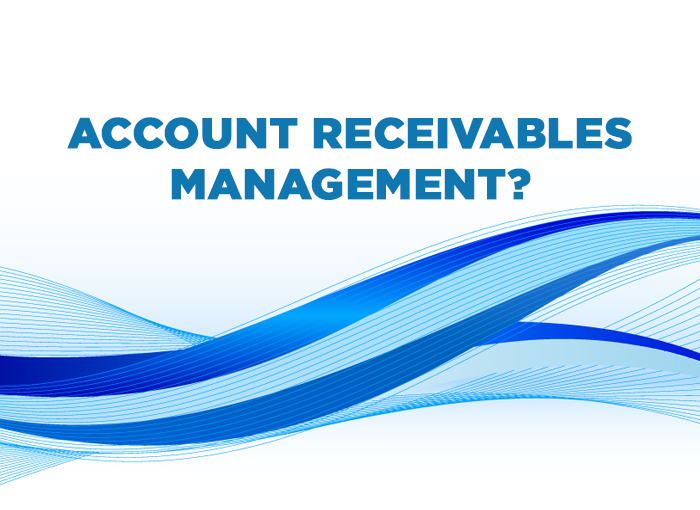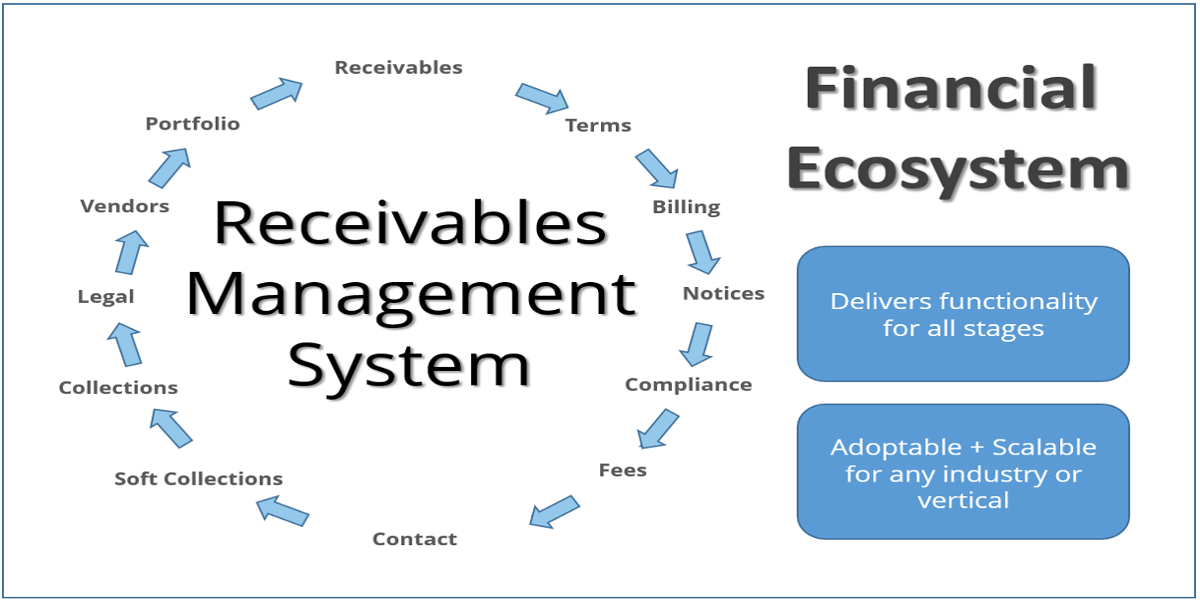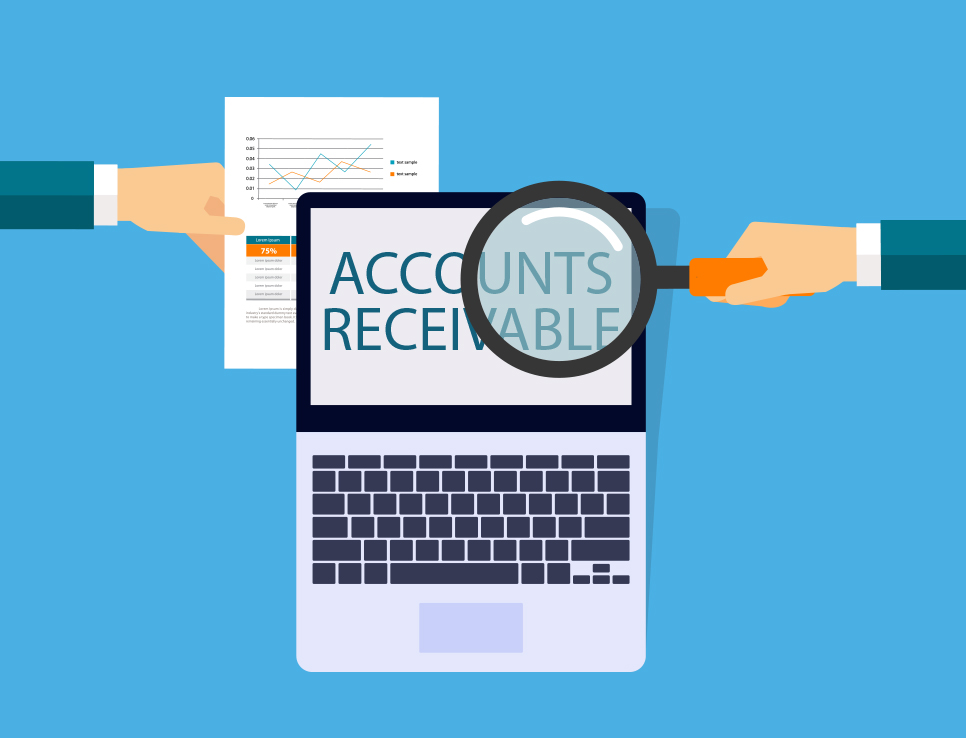Account Receivables Management
Account Receivables Management - When one of your customers purchase a product or service from you and does not pay for it in full up front, the y. It includes functions such as. What is accounts receivable management? Accounts receivable management refers to the process of handling and tracking the amount a customer owes to you for the goods purchased on credit. What is accounts receivable management? Accounts receivable management (ar management) is a critical financial process that involves handling invoices, payments, and customer relationships to ensure timely collection of outstanding payments, maintain cash flow, and. Explore what accounts receivable management is and how businesses can optimize ar processes to streamline cash flow and bolster customer experience. 6 best tips for improving accounts receivable management. Accounts receivable, or ar, is the balance of money due to a business for goods.
Accounts receivable, or ar, is the balance of money due to a business for goods. It includes functions such as. Accounts receivable management refers to the process of handling and tracking the amount a customer owes to you for the goods purchased on credit. What is accounts receivable management? Accounts receivable management (ar management) is a critical financial process that involves handling invoices, payments, and customer relationships to ensure timely collection of outstanding payments, maintain cash flow, and. Explore what accounts receivable management is and how businesses can optimize ar processes to streamline cash flow and bolster customer experience. When one of your customers purchase a product or service from you and does not pay for it in full up front, the y. 6 best tips for improving accounts receivable management. What is accounts receivable management?
It includes functions such as. Accounts receivable management (ar management) is a critical financial process that involves handling invoices, payments, and customer relationships to ensure timely collection of outstanding payments, maintain cash flow, and. Accounts receivable management refers to the process of handling and tracking the amount a customer owes to you for the goods purchased on credit. 6 best tips for improving accounts receivable management. What is accounts receivable management? Explore what accounts receivable management is and how businesses can optimize ar processes to streamline cash flow and bolster customer experience. What is accounts receivable management? Accounts receivable, or ar, is the balance of money due to a business for goods. When one of your customers purchase a product or service from you and does not pay for it in full up front, the y.
What is account receivables management? Capline Dental Services
Accounts receivable, or ar, is the balance of money due to a business for goods. What is accounts receivable management? Explore what accounts receivable management is and how businesses can optimize ar processes to streamline cash flow and bolster customer experience. 6 best tips for improving accounts receivable management. When one of your customers purchase a product or service from.
10 Simplistic Ways to Manage Accounts Receivable Process Effectively
Accounts receivable management (ar management) is a critical financial process that involves handling invoices, payments, and customer relationships to ensure timely collection of outstanding payments, maintain cash flow, and. It includes functions such as. When one of your customers purchase a product or service from you and does not pay for it in full up front, the y. What is.
Accounts Receivable Management Services Accounts Junction
When one of your customers purchase a product or service from you and does not pay for it in full up front, the y. Explore what accounts receivable management is and how businesses can optimize ar processes to streamline cash flow and bolster customer experience. Accounts receivable management (ar management) is a critical financial process that involves handling invoices, payments,.
The Importance of Actively Managing Your Accounts Receivable Rocket
Explore what accounts receivable management is and how businesses can optimize ar processes to streamline cash flow and bolster customer experience. Accounts receivable, or ar, is the balance of money due to a business for goods. What is accounts receivable management? It includes functions such as. 6 best tips for improving accounts receivable management.
Do You Have an Accounts Receivable Problem? Law Firm Management
Accounts receivable management (ar management) is a critical financial process that involves handling invoices, payments, and customer relationships to ensure timely collection of outstanding payments, maintain cash flow, and. Accounts receivable management refers to the process of handling and tracking the amount a customer owes to you for the goods purchased on credit. When one of your customers purchase a.
Accounts Receivable (AR) Definition
Accounts receivable management (ar management) is a critical financial process that involves handling invoices, payments, and customer relationships to ensure timely collection of outstanding payments, maintain cash flow, and. Explore what accounts receivable management is and how businesses can optimize ar processes to streamline cash flow and bolster customer experience. It includes functions such as. What is accounts receivable management?.
Effective Accounts Receivable Management and Credits Controls
Accounts receivable, or ar, is the balance of money due to a business for goods. Accounts receivable management (ar management) is a critical financial process that involves handling invoices, payments, and customer relationships to ensure timely collection of outstanding payments, maintain cash flow, and. Explore what accounts receivable management is and how businesses can optimize ar processes to streamline cash.
Account Receivables Management Services AMED RCM
Explore what accounts receivable management is and how businesses can optimize ar processes to streamline cash flow and bolster customer experience. When one of your customers purchase a product or service from you and does not pay for it in full up front, the y. Accounts receivable management (ar management) is a critical financial process that involves handling invoices, payments,.
Receivables Performance Management On Choosing An Accounts Receivables
Accounts receivable, or ar, is the balance of money due to a business for goods. 6 best tips for improving accounts receivable management. What is accounts receivable management? Explore what accounts receivable management is and how businesses can optimize ar processes to streamline cash flow and bolster customer experience. It includes functions such as.
Accounts Receivable Template Database
Accounts receivable management refers to the process of handling and tracking the amount a customer owes to you for the goods purchased on credit. What is accounts receivable management? It includes functions such as. What is accounts receivable management? When one of your customers purchase a product or service from you and does not pay for it in full up.
Accounts Receivable Management (Ar Management) Is A Critical Financial Process That Involves Handling Invoices, Payments, And Customer Relationships To Ensure Timely Collection Of Outstanding Payments, Maintain Cash Flow, And.
It includes functions such as. 6 best tips for improving accounts receivable management. What is accounts receivable management? What is accounts receivable management?
Explore What Accounts Receivable Management Is And How Businesses Can Optimize Ar Processes To Streamline Cash Flow And Bolster Customer Experience.
Accounts receivable, or ar, is the balance of money due to a business for goods. When one of your customers purchase a product or service from you and does not pay for it in full up front, the y. Accounts receivable management refers to the process of handling and tracking the amount a customer owes to you for the goods purchased on credit.





/open-book-with-figures-and-paper-with-words--accounts-receivable--613785056-c6a530e62e164acf899fc612ab80b528.jpg)



